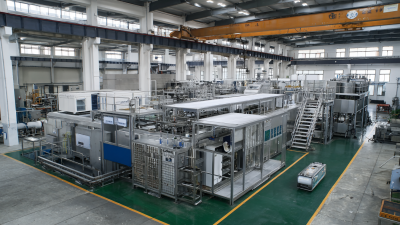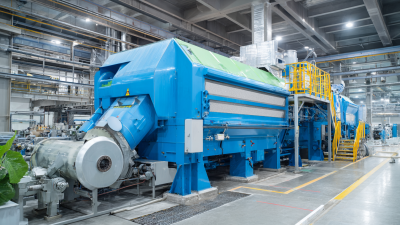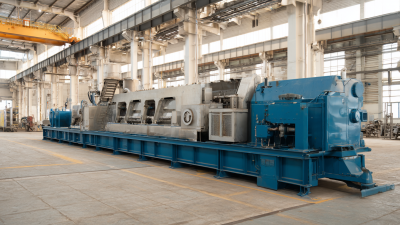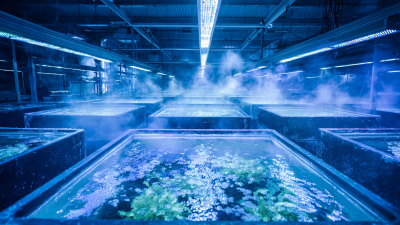In today's world, effective waste management has become a critical concern for industries across the globe, especially as the economy increasingly prioritizes sustainability. According to a report by Statista, the global waste management market is projected to reach $550 billion by 2025, highlighting the pressing need for innovative solutions. One such solution that has garnered attention is the Continuous Screw Press, a technology that offers an efficient method for dewatering and optimizing waste materials. This advanced system not only enhances the quality of the end product but also significantly reduces operational costs by minimizing energy consumption.
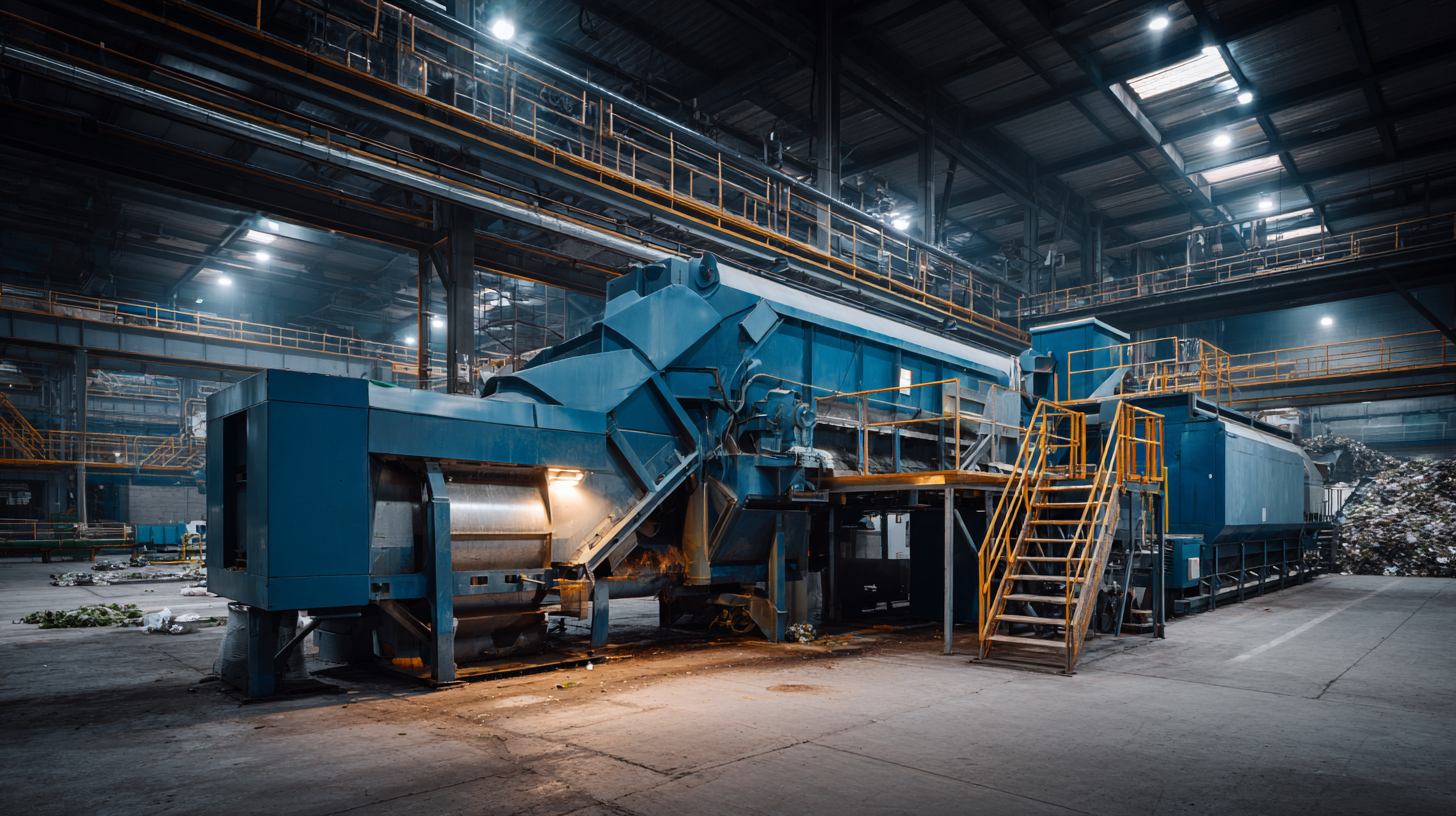
With the potential to reduce waste volume by up to 90%, leveraging a Continuous Screw Press can transform traditional waste management practices, aligning them with environmental standards and driving the circular economy forward. As industries look for ways to enhance their waste management processes, understanding the capabilities of this technology becomes paramount for achieving both economic and ecological goals.
Implementing a continuous screw press in waste management offers a multitude of key benefits that can significantly enhance operational efficiency. One of the primary advantages is its ability to effectively reduce the volume of waste materials. By applying constant pressure and utilizing a unique screw design, this technology can compress waste, minimizing the space it occupies and making it easier to transport. This is particularly beneficial for industries dealing with large volumes of organic waste, where space conservation is crucial.
Moreover, a continuous screw press increases the overall recovery of valuable materials from waste. The process not only separates liquid from solids but also facilitates the extraction of recyclables and other usable components. With increased recovery rates, businesses can contribute to a more sustainable waste management approach, reducing landfill contributions and enhancing their green credentials. This not only aligns with environmental regulations but also appeals to eco-conscious consumers, ultimately helping to improve a company’s image and profitability. By investing in a continuous screw press, organizations can streamline their waste management processes and harness both economic and environmental benefits.
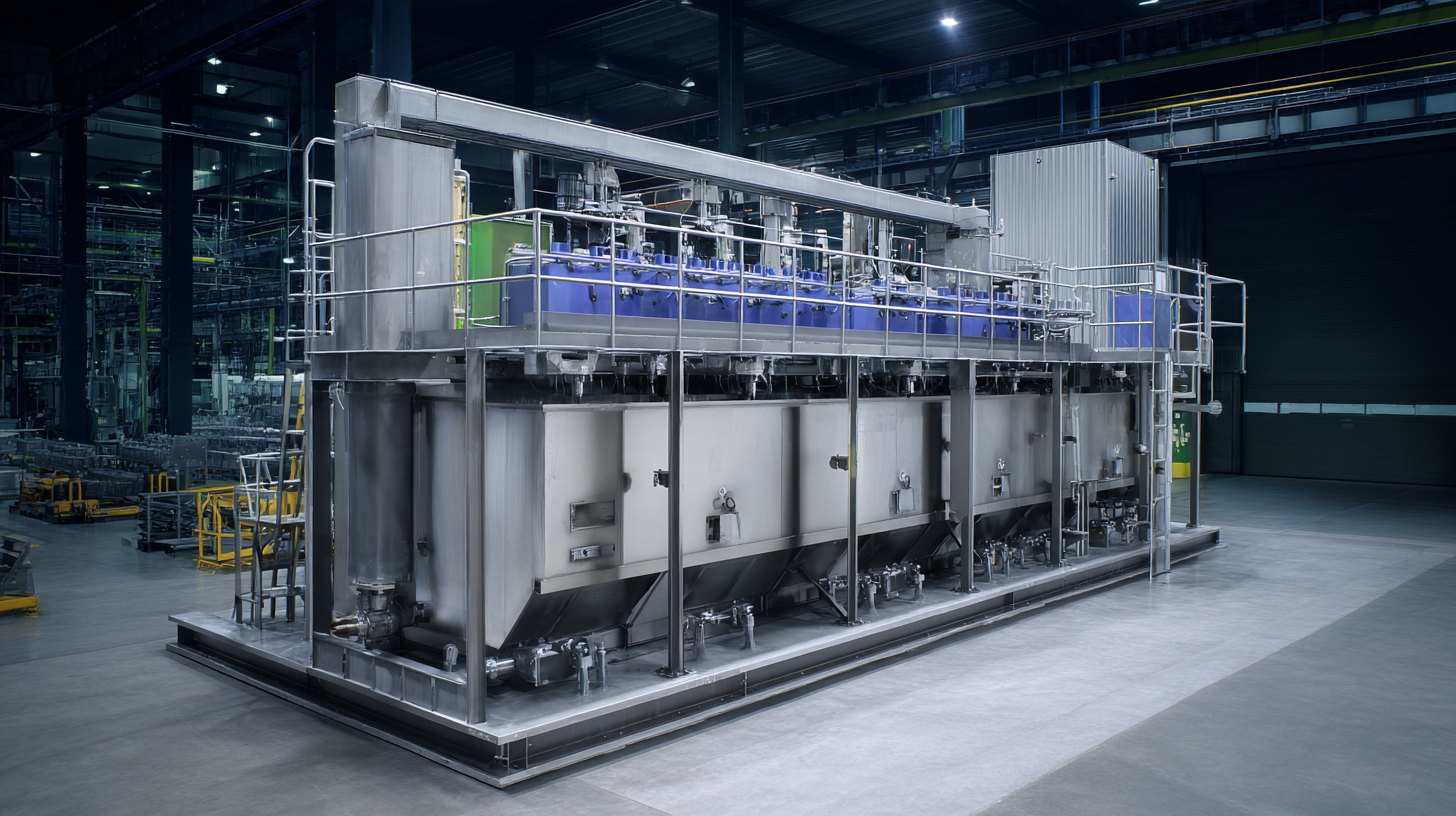
Continuous screw press technology offers a transformative approach to waste management by effectively optimizing the dewatering process. Understanding the operational principles of this technology reveals its capacity to enhance waste processing efficiency. The continuous nature of the screw press facilitates a consistent flow, allowing for increased throughput and better
residence time distribution (RTD) of materials as they pass through the system. By maintaining optimal residence times, waste material can be processed more thoroughly, leading to higher quality outputs and reduced operational costs.
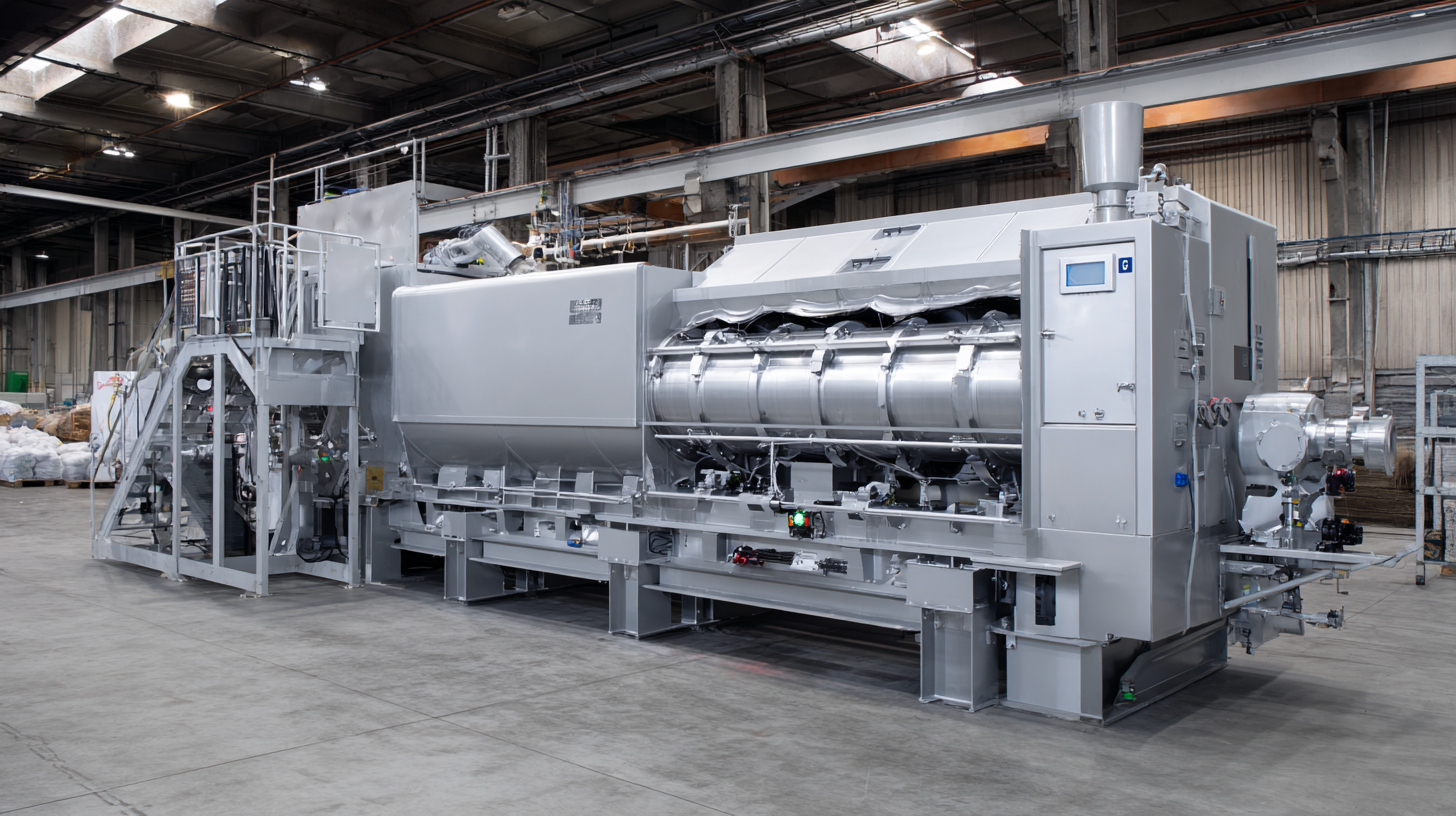
Furthermore, integrating continuous screw press technology with modern advancements in modeling tools enhances process understanding and control. For instance, the inclusion of residence time distribution modeling can provide insights into the flow dynamics within the apparatus, enabling operators to fine-tune parameters for optimal performance. As industries increasingly focus on sustainability and resource recovery, the continuous screw press becomes a valuable asset, contributing not only to efficient waste management but also to the broader goals of environmental stewardship and waste minimization.
When it comes to waste management, the choice between a continuous screw press and traditional processing methods can significantly impact efficiency and sustainability. Traditional methods often involve batch processing, which can lead to longer operation times and more variable results. In contrast, continuous screw presses streamline the process, enabling a constant feed of materials and immediate separation of liquids from solids. This not only enhances productivity but also reduces labor costs and operational downtime.
**Tip:** To make the most of a continuous screw press, ensure that your feed material is pre-processed adequately. This can involve shredding or grinding waste to optimize the separation efficiency and reduce wear on the machinery.
Moreover, traditional methods may struggle with managing high volumes of waste or varying waste types, leading to inconsistent output quality. Continuous screw presses, however, are designed to handle a wide range of materials with high efficiency, resulting in a more uniform product. This makes them especially beneficial for businesses looking to recycle materials effectively.
**Tip:** Regular maintenance and calibration of your continuous screw press can help adapt to different waste types, ultimately enhancing the press's performance and prolonging its lifecycle.
Integrating a continuous screw press into your waste management system can significantly enhance efficiency and sustainability. According to a recent report by the Waste Management Association, businesses that employ modern waste processing technologies can reduce waste volume by up to 50%. This substantial reduction not only lowers waste disposal costs but also minimizes the environmental footprint associated with landfill use. By adopting best practices, organizations can ensure the continuous screw press operates at its full potential, effectively separating liquids from solids in various waste streams.
To successfully integrate a continuous screw press, it's crucial to conduct a thorough analysis of your existing waste management processes. Implementing real-time monitoring systems can provide valuable insights into waste composition, allowing for optimized press settings tailored to specific waste types. Data from the Recycling Industry Executive Report indicates that companies integrating advanced sorting technologies alongside screw presses have achieved up to 30% higher recycling rates. This combination not only further enhances resource recovery but also contributes to a more circular economy, transforming waste into valuable materials for reuse and reducing reliance on virgin resources.
Effective monitoring and maintenance of a continuous screw press are essential for ensuring its optimal performance in waste management. Regular checks on the machine's pressure and temperature settings can help identify deviations that may indicate underlying issues. Additionally, monitoring the moisture content of the processed waste can provide insights into the efficiency of the pressing process. Keeping a logbook of these metrics allows operators to spot trends and react promptly to any anomalies.
Cleaning the screw press at regular intervals is another critical aspect of maintenance. Accumulation of debris and waste can impede the machine's performance, leading to blockages or inefficiencies. Implementing a routine cleaning schedule, combined with a thorough inspection of the screws and housings, will enhance the longevity of the equipment. Moreover, lubricating moving parts according to the manufacturer's recommendations minimizes wear and tear, ensuring a smooth operation.
Training staff on the specific operational parameters and maintenance routines for the continuous screw press sets a strong foundation for achieving optimal results. Engaging employees in routine monitoring not only empowers them but also fosters a culture of responsibility towards machine upkeep. By prioritizing training and consistent maintenance practices, facilities can maximize the benefits of their waste management system.
